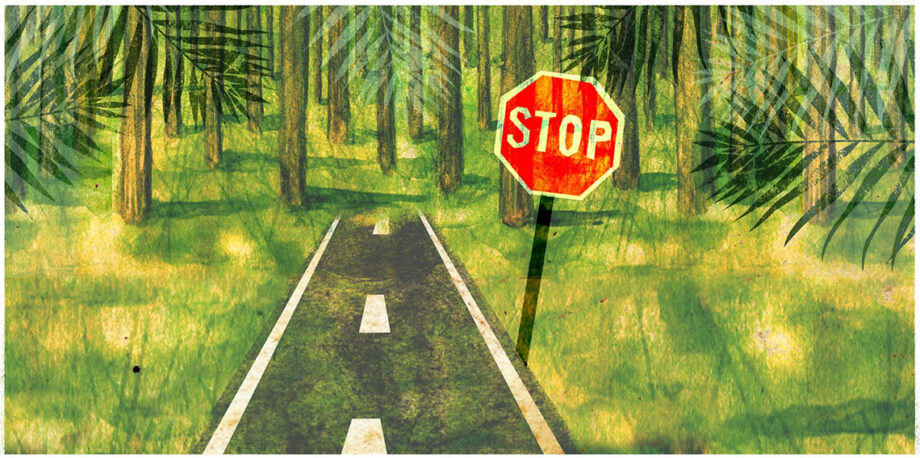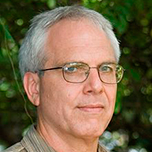January 14, 2016 —  When you look to the year ahead, what do you see? Ensia recently invited eight global thought leaders to share their vision for the environment as it relates to business, culture, ecosystems, energy, food, health, water and the world (see more). In this installment, William Laurance, distinguished research professor and Australian Laureate at James Cook University, answers the question: “In 2016, what should be the focus of efforts to conserve rain forests?”
When you look to the year ahead, what do you see? Ensia recently invited eight global thought leaders to share their vision for the environment as it relates to business, culture, ecosystems, energy, food, health, water and the world (see more). In this installment, William Laurance, distinguished research professor and Australian Laureate at James Cook University, answers the question: “In 2016, what should be the focus of efforts to conserve rain forests?”
In 2016, efforts to conserve rain forests need to focus on two things.
First, conserving logged tropical forests is a critical priority. Currently some 400 million hectares (around 1 billion acres) of tropical forest are held in forestry reserves — an area larger than Mexico and Indonesia combined. These forests have often been selectively logged, which means they’ve had tracks bulldozed through them, and many of the larger, commercially valuable trees have been felled and removed. But these forests still retain important conservation values — for biodiversity, carbon storage and climate regulation.
The alarming thing is that logged forests are intensely vulnerable, particularly because they are crisscrossed by roads and so are easily colonized. Many are being destroyed for oil palm or pulpwood plantations, soy farms, slash-and-burn farming and other uses. Much of the world’s lowland rain forests and virtually all forests in tropical Asia outside of protected areas have now been logged. Protecting these logged forests and giving them a chance to recover is a vital priority.
Second, we must limit the explosive expansion of roads and other infrastructure into the world’s last surviving tropical frontiers. Everywhere one looks — from the Amazon to Borneo and the Congo Basin to Madagascar — roads are cutting into the last remaining tropical wildernesses.
The International Energy Agency estimates that by 2050, we’ll need another 25 million kilometers (15 million miles) of new roads on Earth — enough to encircle the planet more than 600 times. Nine-tenths of these new roads will be in developing nations, which sustain many of the planet’s most biologically rich and environmentally important ecosystems.
When it comes to wildernesses, roads often open a Pandora’s box of environmental evils, such as illegal colonization, poaching, wildfires and land speculation. It’s vital to keep roads out of the last surviving wildernesses — avoid the first cut — so we can keep the worst of Pandora’s evils at bay and protect some of our world’s most vital ecosystems. ![]()
Editor’s note: The views expressed here are those of the author and not necessarily of Ensia. We present them to further discussion around important topics. We encourage you to respond with a comment below, following our commenting guidelines, which can be found here. In addition, you might consider submitting a Voices piece of your own. See Ensia’s “Contact” page for submission guidelines.
Ensia shares solutions-focused stories free of charge through our online magazine and partner media. That means audiences around the world have ready access to stories that can — and do — help them shape a better future. If you value our work, please show your support today.
Yes, I'll support Ensia!
